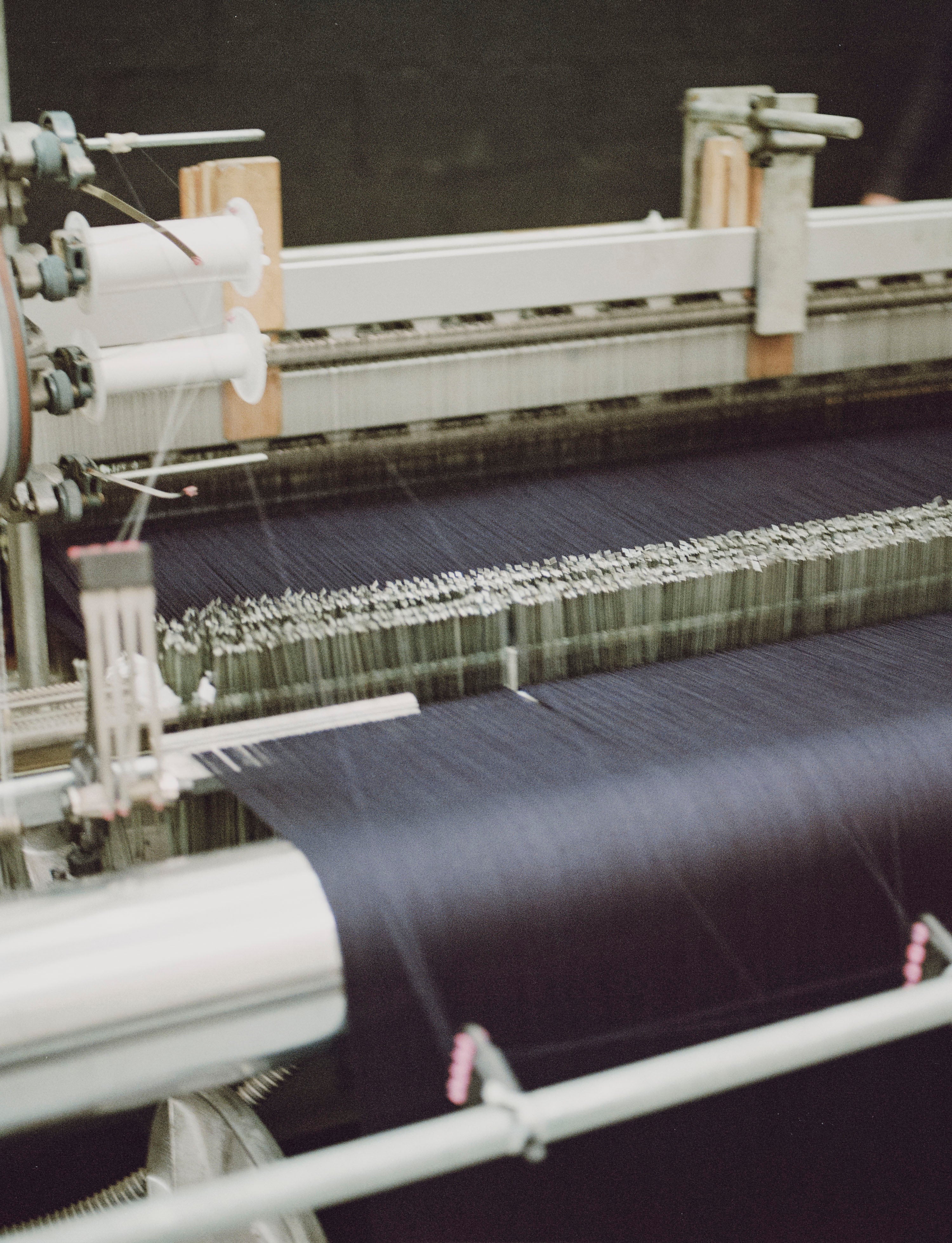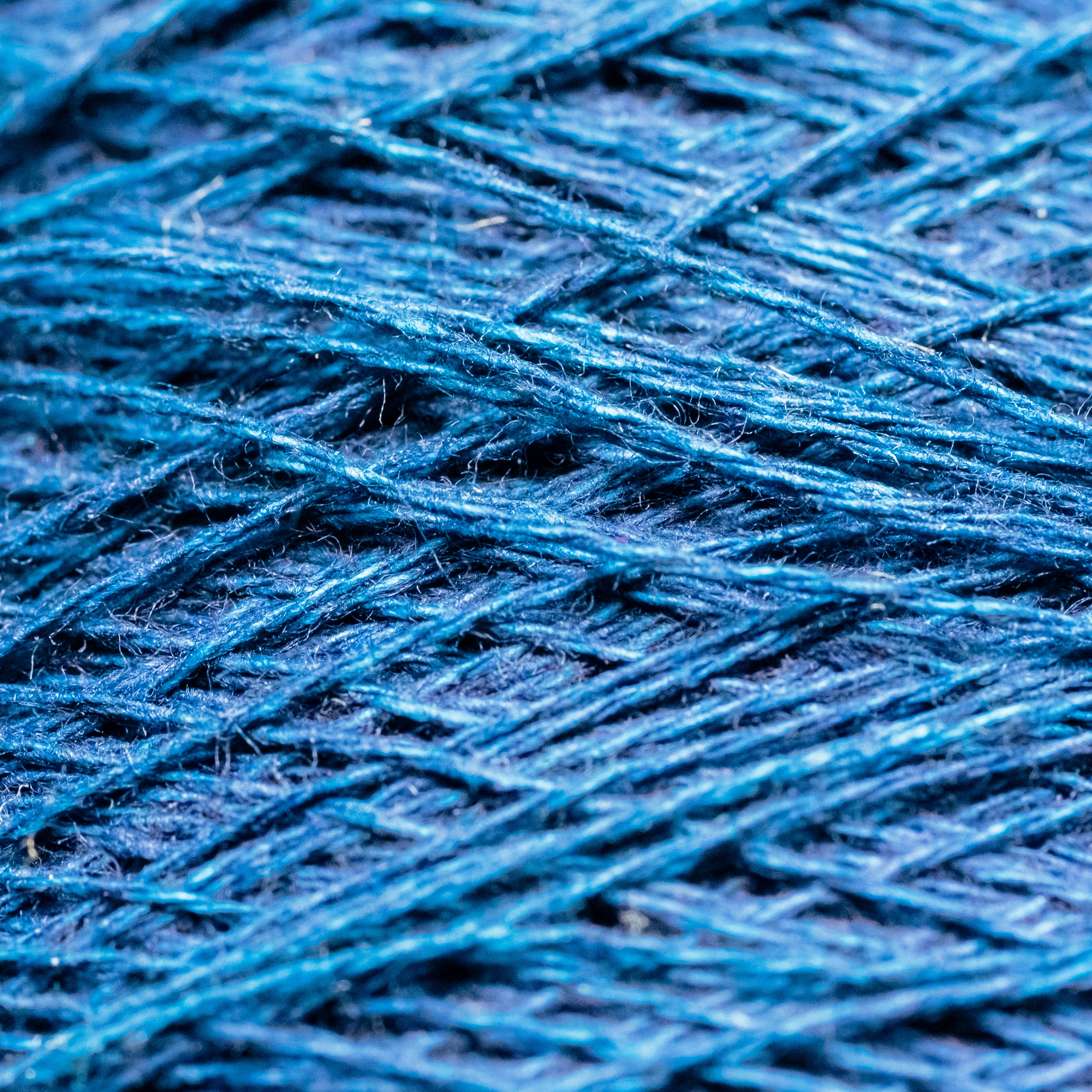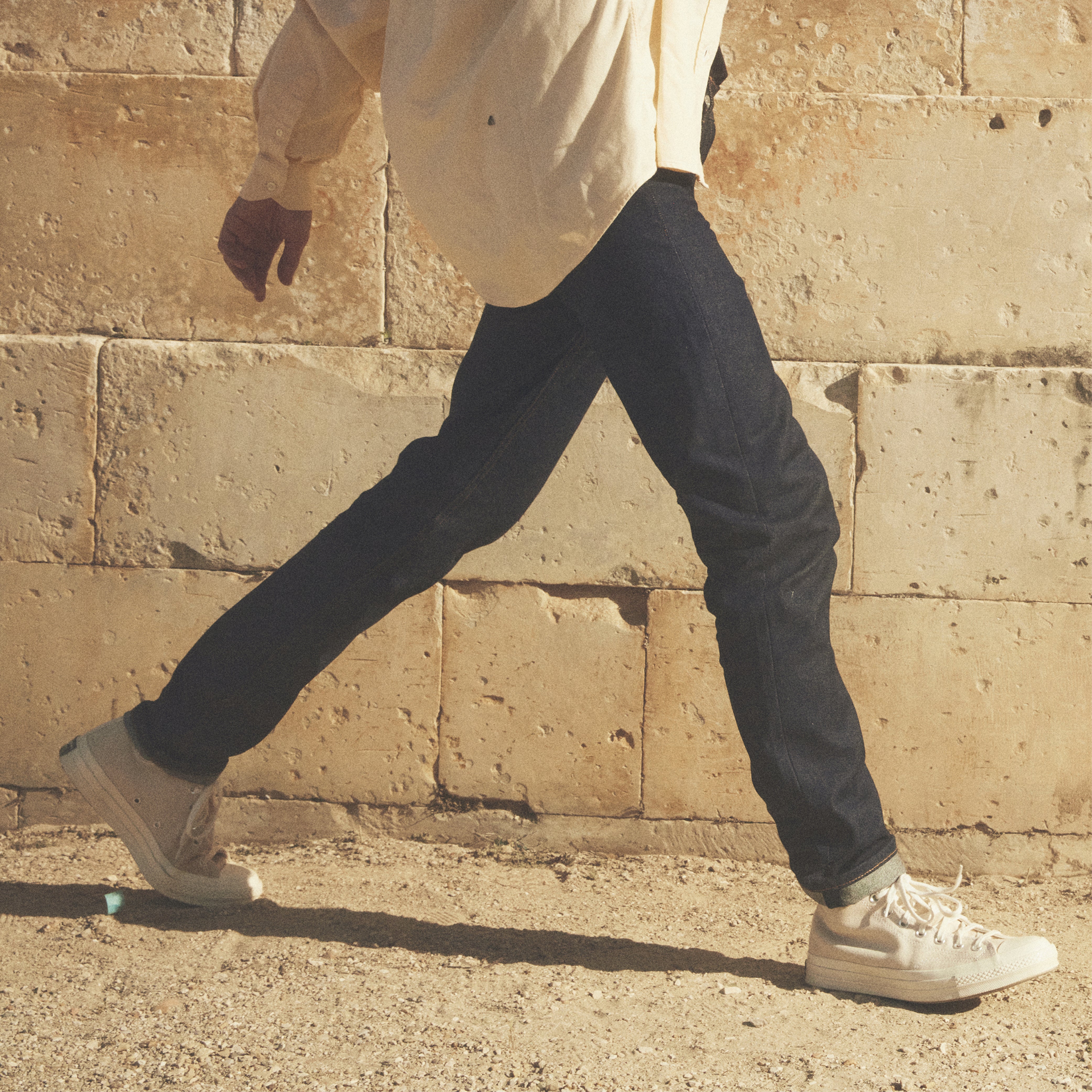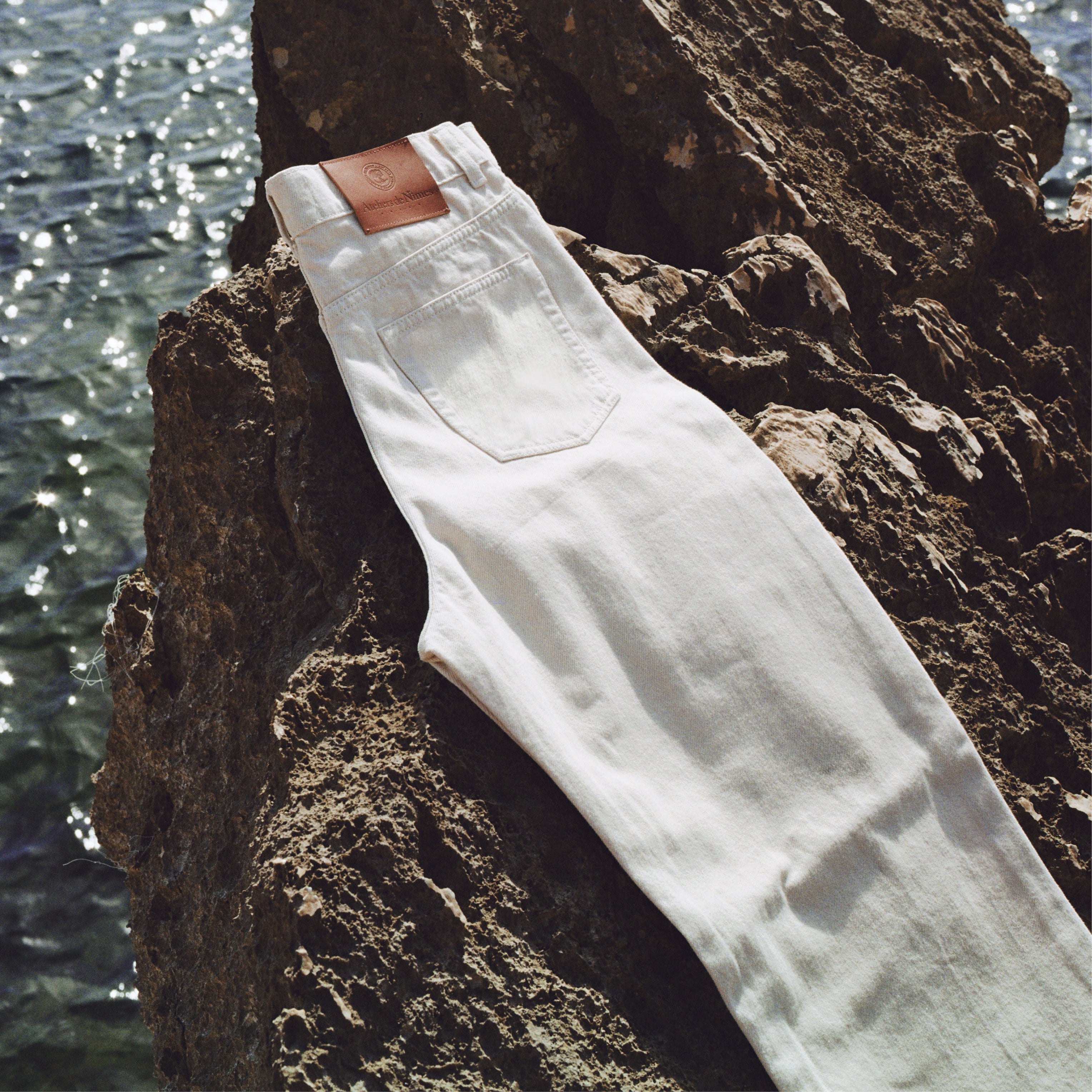The legendary canvas of Nîmes

Sailing between truths and illusions, denim is a legendary fabric. Historians and enthusiasts offer their versions. However, there is one indisputable constant: Nîmes is the cradle that saw the birth of the legend.
It is in the heart of the old town, in its sunny maze, in the shade of the courtyard of a private mansion, that we can guess the scattered clues of its glorious past. Here, on the wrought iron railing, there was once a coat of arms that was torn off during the dark periods of the city. On this coat of arms, two letters: JA for Joseph André, a great industrialist from Nîmes in the 17th century who made the city shine by establishing trading posts throughout the world. The Andrés, a great Protestant family from Nîmes, built their fortune on the silk trade and the marketing of Serge de Nîmes, the famous “De Nîmes”, denim.
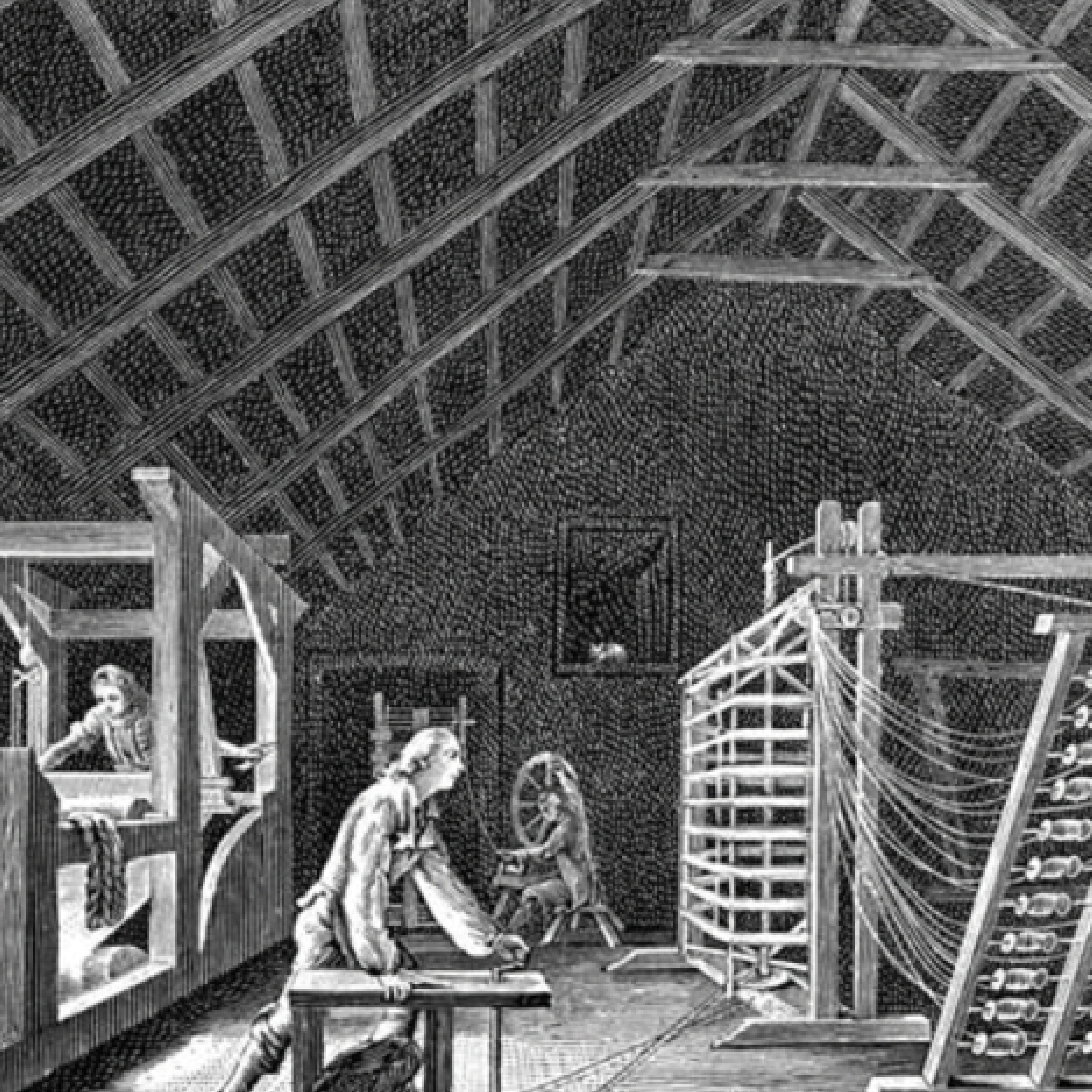

This famous fabric, made of wool and silk in the region since 1557, was used to make fustians and casaquins for the local population. The wool came from sheep farms, and the silk from the Cévennes silkworm farms. Silk and wool were later replaced by cotton, which was less expensive, from America and Asia.
This canvas was then exported throughout Europe and the Mediterranean thanks to the famous Madeleine fair located in Beaucaire, a few kilometers from Nîmes. This fair thus served as an outlet for the flourishing Nîmes industry. Indeed, Beaucaire was one of the last river ports accessible to large tonnage boats and practiced lower taxes than in Marseille.
After the revocation of the Edict of Nantes by Louis XIV in 1685 (a decree that protected the Protestants of the region), the André family had to go into exile. It was in Genoa that they found refuge, in one of its many trading posts. It even seems that the word "Jean" comes from the name "Gênes".
Just like this emblematic Nîmes family, many French Protestants left their country for Italy, but also America, England, the United Provinces, etc., thus exporting the Nîmes canvas with them.
From the beginning of the 18th century in the United Kingdom, the industrial revolution was accelerated by the massive contribution of the know-how of these Huguenot refugees. The British textile industry was thus, subsequently and for a long time, the major player in this field.
The Nîmes canvas and its know-how gradually disappeared from our region in the 19th century. The know-how, exported and industrialized across the Channel, sounded the death knell for the Nîmes craft industry. To reinvent itself, the latter specialized in niche items such as silk, Indian printing or cashmere shawls.
A little later, a famous American merchant, partner of a tailor, recovered a batch of canvas from Nîmes, more comfortable than the tarpaulin canvas they used to make work clothes. They put rivets on the pants and adapted them to the taste of American workers. The Jean as we know it today was born.
It was not until the end of the Second World War and the strong presence of GIs in Europe that this famous painting reappeared on the old continent and in France, returning to its lands four centuries after its birth in Nîmes.
The revival of French know-how
In order to pay tribute to this glorious past, we revived the legend by creating our brand in 2014. We are therefore weaving this famous canvas again, in Nîmes, in our own workshop.

A new step for Ateliers de Nîmes, made possible thanks to the transmission of know-how from Alain and Lucien, both retired from textiles and passionate about our project. A human encounter, made of respect and exchanges, which allows us today to take up the challenge!
By rehabilitating this activity and relocating it to the Gard, we are reviving a centuries-old Nîmes industry and we are participating in the promotion of French know-how.

We are thus the only French jeans brand and one of the few in the world to weave our own canvas for our own use. A unique, high-quality canvas, produced with respect for people and the environment. A canvas anchored in its time, sustainable and responsible, the fruit of our obsession and our commitment to traditional techniques.
